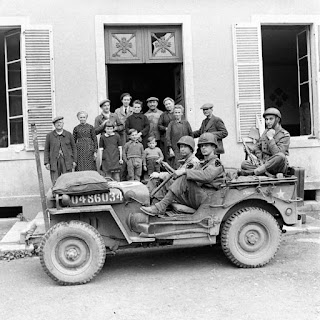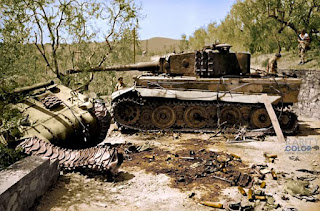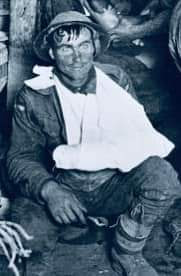On May 11, 1943, 12,500 U.S. soldiers landed on the northern and southern ends of Attu Island. For over two weeks, battles raged over the tiny island.
On May 11, 1943, 12,500 U.S. soldiers landed on the northern and southern ends of Attu Island. For over two weeks, battles raged over the tiny island.
There were few large-scale engagements; as in the rest of the Pacific Theater, the Japanese preferred to employ “small group” tactics, using the rough terrain of Attu to their advantage and lying motionless for hours in foxholes until they could pin down American units with sniper fire. As they moved across the island, Americans had to search every hollow to ensure against surprise attacks.
On May 30, 1943, the United States recaptured Alaska's Attu Island from the Japanese Army.
Only 28 of the roughly 1,400 Japanese who had been in the valley the day before survived. The rest had been killed in battle or had committed suicide by holding hand grenades to their chests.
When the Americans came across the Japanese hospital tents, they made the horrific discovery that their doctors had killed all of the wounded. The Americans buried 2,351 Japanese in mass graves on Attu, and it is thought that several hundred more were buried in the hills.
The Battle of Attu ranks as the second deadliest battle in the Pacific Theatre (in proportion to the number of troops engaged), falling just behind Iwo Jima. The first combat-related exposure suffered by American forces in World War II occurred on Attu. As a result, significant changes in Army footwear, outdoor gear, tents, and food occurred.
The Battle of Attu also caused the Japanese Imperial Navy to briefly redistribute their forces in the Pacific in May 1943 to protect Japan. U.S. forces took advantage of the depleted Imperial Navy strength in the South Pacific and made significant gains in the Solomon Islands.
The battlefield area on Attu was designated a National Historic Landmark in 1985. The U.S. Fish and Wildlife Service owns and manages Attu as a part of the Alaska Maritime National Wildlife Refuge.
#WeRememberThem











Comments
Post a Comment